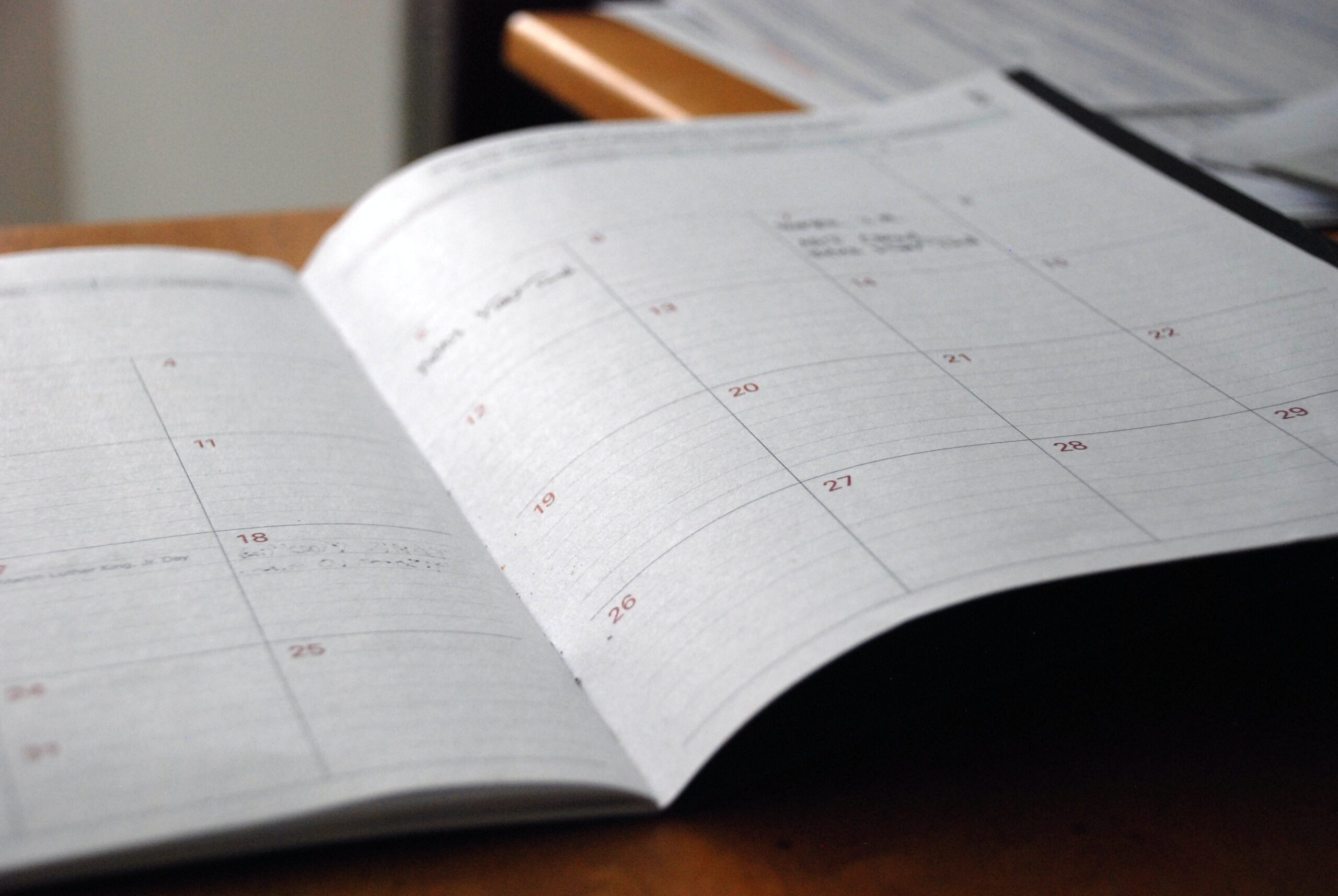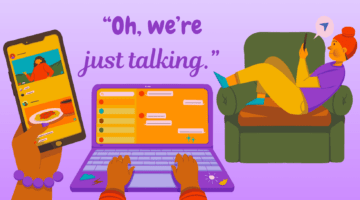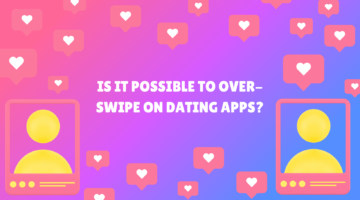How Many People Subscribe to the “Three-Date Rule?”
October 25, 2021 by Justin Lehmiller
How many in-person dates would you want to have with a new partner before having sex with that person? We often hear about the so-called “three-date rule,” or the idea that the third date is the “right” time to start having sex. However, is this really a “rule” that most people follow?
In a recent demographically representative survey of 2,200 Americans conducted by the Kinsey Institute and Lovehoney, we asked this question of singles and daters and what we found was that there’s a lot of variability!
In looking at the overall data, three dates was the median (50th percentile) response. In other words, it was the point where 50% were above and 50% were below—it’s right in the middle of the response range. Medians are often more informative to look at than averages because averages are susceptible to distortion when you have some extreme responses.
For example, if you look instead at the average number of dates people wanted, it was closer to 12; however, more than 91% of people chose a number below 12. The average is really skewed in this case because a handful of people reported wanting around 1,000 dates. This is a perfect example of why averages can be misleading and why it’s always worth looking at the median, too.
Statistics lessons aside, while three dates was the median, just 21% actually said that this was the number of dates they would want to have before sex. In fact, 38% were comfortable with fewer than three dates, while 41% preferred more than three dates. Put another way, 4 in 5 people don’t appear to abide by the “three-date rule.” Here’s the breakdown of the overall numbers:
- 8% said no dates were needed before sex
- 17% said one date
- 14% said two dates
- 21% said three dates
- 8% said four dates
- 11% said five dates
- 13% said between six and ten dates
- 9% said ten or more dates (and, as I mentioned above, the range went all the way up to 1,000 dates)
Of course, the numbers do vary a bit when you break them down by demographic groups. For example, across sexual orientations, almost half of men reported wanting fewer than 3 dates, while less than one-third of women said the same. The only real difference across sexual orientations was that asexual people reported wanting the most dates on average.
Among those who identified as transgender, their responses to this question were similar to those of self-identified men (i.e., they preferred fewer dates on average). Among those who identified as non-binary, their responses were similar to those of self-identified women (i.e., they preferred more dates on average). However, within each group, there was a lot of variation.
There was also quite a bit of variability across age. For example, younger adults wanted more dates than older adults. Note that the age range for this sample was 18-45, so the data don’t speak to trends beyond this. However, it was the 18-24 demographic that wanted the most dates. For example, whereas just 1 in 3 18-24 year-olds were comfortable having sex before the third date, the number jumped to almost half for 35-45 year-olds.
In addition, there were differences based on race and ethnicity, with African Americans being more comfortable with fewer dates, Asian Americans preferring more dates, and other groups being in between. There were also differences based on socioeconomic status, where a bimodal effect emerged: those at the lowest and highest income levels preferred fewer dates, while those with incomes in between preferred more dates.
Lastly, there were also differences based on COVID vaccination status. The groups most comfortable with fewer dates before sex were the folks who were unvaccinated and don’t want the vaccine, as well as those who were fully vaccinated. Unvaccinated persons who want the vaccine but haven’t received it as well as those who were partially vaccinated preferred more dates.
One limitation of these data is that, of course, we’re talking generally. It’s possible (and likely) that people may adhere to different standards in different situations, depending on what they’re looking for at the time and the dynamic they have with the other person.
However, that said, what all of these findings suggest is that there isn’t a universal standard here. Yes, three dates is the single most common metric people seem to use for deciding the appropriate time to have sex—but the vast majority don’t subscribe to it.
What this means is that there isn’t one “right” time to start having sex with a new partner that works for everyone. It’s ultimately about what you’re comfortable with, so don’t get hung up on some arbitrary “rule!”
It’s also worth noting that research finds that timing of sex is a very weak predictor of relationship outcomes. In other words, it probably won’t make or break the relationship if you have sex sooner versus later. So that’s yet another reason to avoid getting fixated on this.
Want to learn more about Sex and Psychology? Click here for more from the blog or here to listen to the podcast. Follow Sex and Psychology on Facebook, Twitter (@JustinLehmiller), or Reddit to receive updates. You can also follow Dr. Lehmiller on YouTube and Instagram.
Image Source: Photo by Eric Rothermel on Unsplash

Dr. Justin Lehmiller
Founder & Owner of Sex and PsychologyDr. Justin Lehmiller is a social psychologist and Research Fellow at The Kinsey Institute. He runs the Sex and Psychology blog and podcast and is author of the popular book Tell Me What You Want. Dr. Lehmiller is an award-winning educator, and a prolific researcher who has published more than 50 academic works.
Read full bio >


